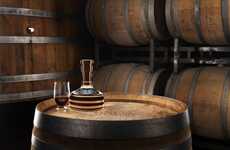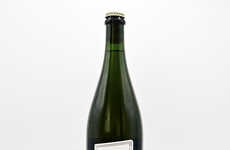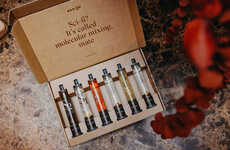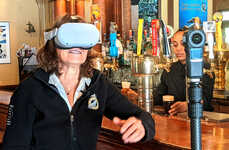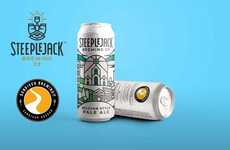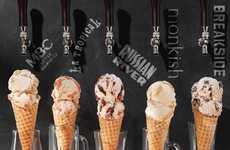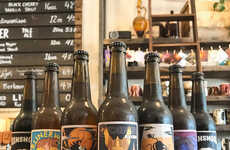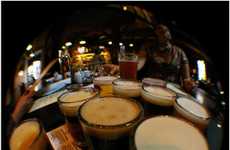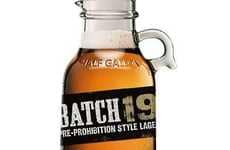
Ascend to Beervana in Portland, Oregon
Katie Cordrey — December 20, 2008 — World
References: guestontap & opb.org
There are over 1,600 microbreweries in the United States. They started on the West Coast as small breweries selling the beer they made in the pubs they owned. Since their inception, they have taken off in Canada, and are slowly finding their way to other countries around the world.
Portland, Oregon has more breweries than any other city on earth. Nineteenth-century Portland loggers with “their small heads and large bodies,” (as the joke goes) were appreciative of German immigrant Henry Winehard’s good brew. Though the loggers and eventually the original Henry’s, faded into history, the beer lust remained. This heady attraction has been known as “Beervana” since the late 1980’s.
Prohibition had wrecked the brewing business and some laws wouldn’t be changed until 1983, but in the 1970’s a small-brewery revolution took hold. New blood came to the craft. Kurt and Rob Widmer were leaders in the micro-brewery movement. No bank would fund them, so it was by wit and wile that they cobbled together their first brewery-- complete with a tank from a defunct nuclear power plant. The brothers pioneered the world’s first American-style Hefeweizen. It remains one of America’s most well-liked wheat beers.
If you can’t make it to Portland for some suds, Andrews Virtual Brewery lists microbreweries in several countries.
Today’s microbreweries owe a lot to the Beervana pioneers.
Deschutes Brewery is in Bend, central Oregon, about one-hundred sixty miles from Portland. It carries on the small-brew tradition. Check ‘em out on the above video!
Oregon Public Broadcasting has an in-depth video titled "Beervana" for download or viewing online.
Portland, Oregon has more breweries than any other city on earth. Nineteenth-century Portland loggers with “their small heads and large bodies,” (as the joke goes) were appreciative of German immigrant Henry Winehard’s good brew. Though the loggers and eventually the original Henry’s, faded into history, the beer lust remained. This heady attraction has been known as “Beervana” since the late 1980’s.
Prohibition had wrecked the brewing business and some laws wouldn’t be changed until 1983, but in the 1970’s a small-brewery revolution took hold. New blood came to the craft. Kurt and Rob Widmer were leaders in the micro-brewery movement. No bank would fund them, so it was by wit and wile that they cobbled together their first brewery-- complete with a tank from a defunct nuclear power plant. The brothers pioneered the world’s first American-style Hefeweizen. It remains one of America’s most well-liked wheat beers.
If you can’t make it to Portland for some suds, Andrews Virtual Brewery lists microbreweries in several countries.
Today’s microbreweries owe a lot to the Beervana pioneers.
Deschutes Brewery is in Bend, central Oregon, about one-hundred sixty miles from Portland. It carries on the small-brew tradition. Check ‘em out on the above video!
Oregon Public Broadcasting has an in-depth video titled "Beervana" for download or viewing online.
Trend Themes
1. Microbrewery Revolution - The rise of microbreweries with a unique take presents a huge opportunity in the beer industry.
2. Small Brewery Renaissance - Support for locally crafted beers will continue to drive growth for small breweries.
3. Craft Beer Adventurers - Consumers' changing beer preferences indicates a rising and expanding demand for craft beer.
Industry Implications
1. Food and Beverage - As the food and beverage industry’s customers shift to younger, more diverse groups, many breweries have been able to capture this audience.
2. Hospitality Industry - Brewpubs and craft beer bars have become popular among consumers, offering beer and food pairings that make for a unique drinking and dining experience.
3. Retail Industry - Retailers can benefit from having a beer section filled with unique and locally sourced microbrews, which will appeal to a wider demographic of beer drinkers.
4.4
Score
Popularity
Activity
Freshness


